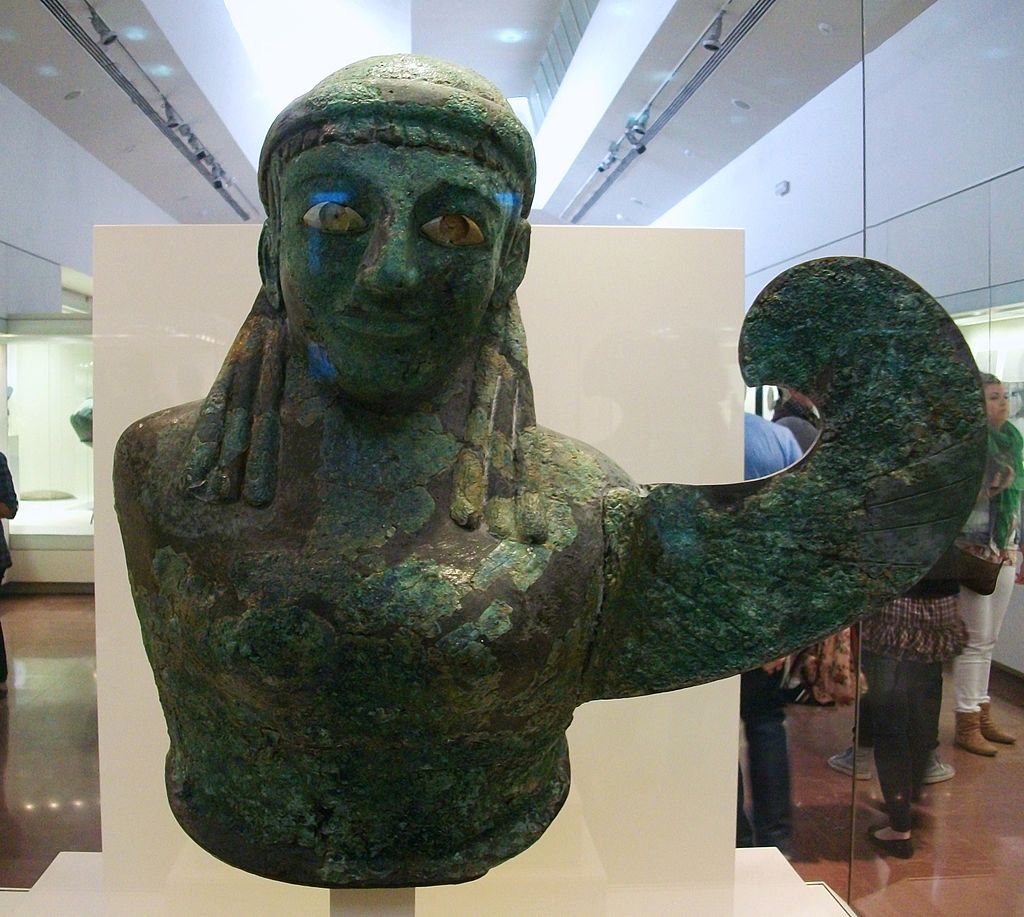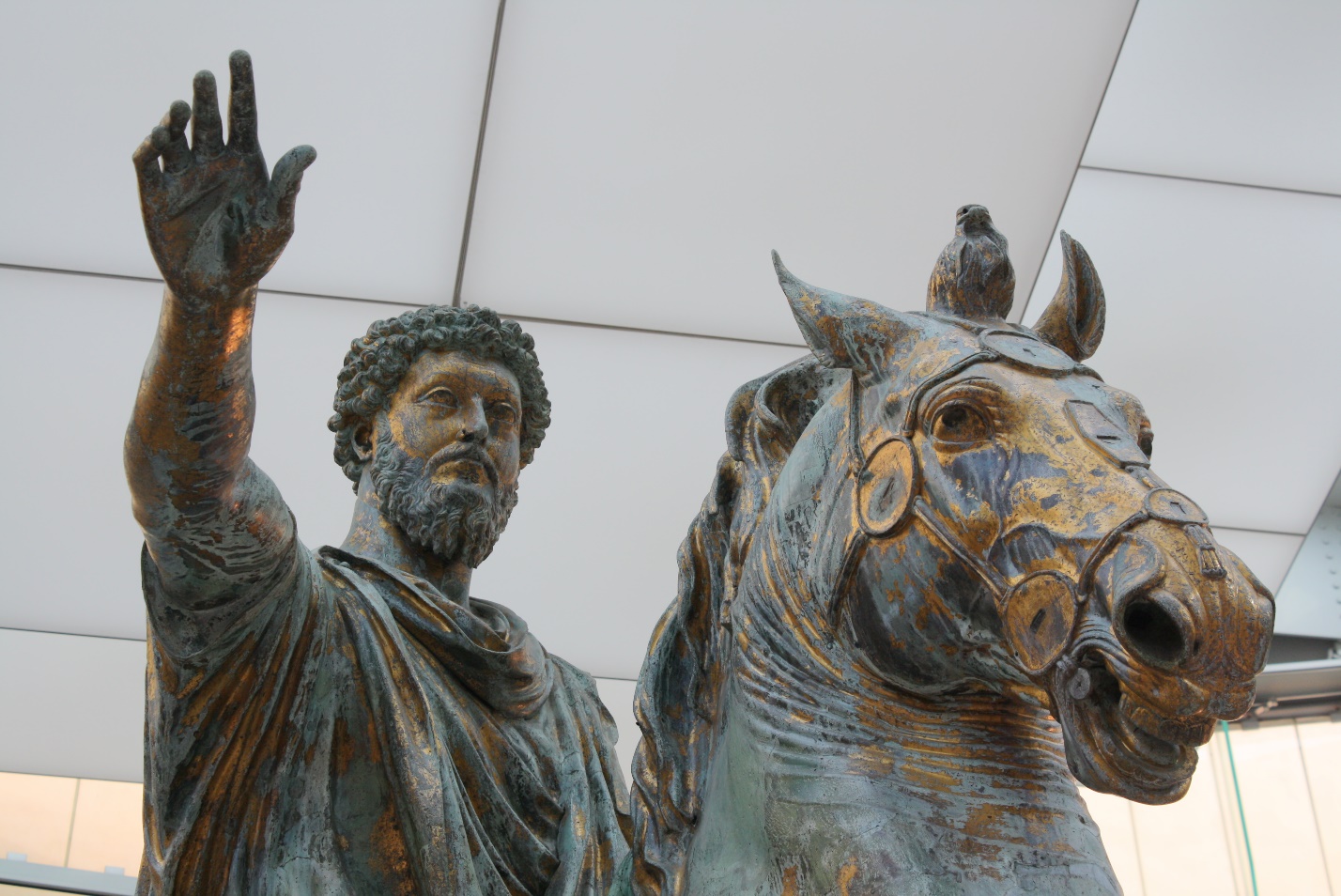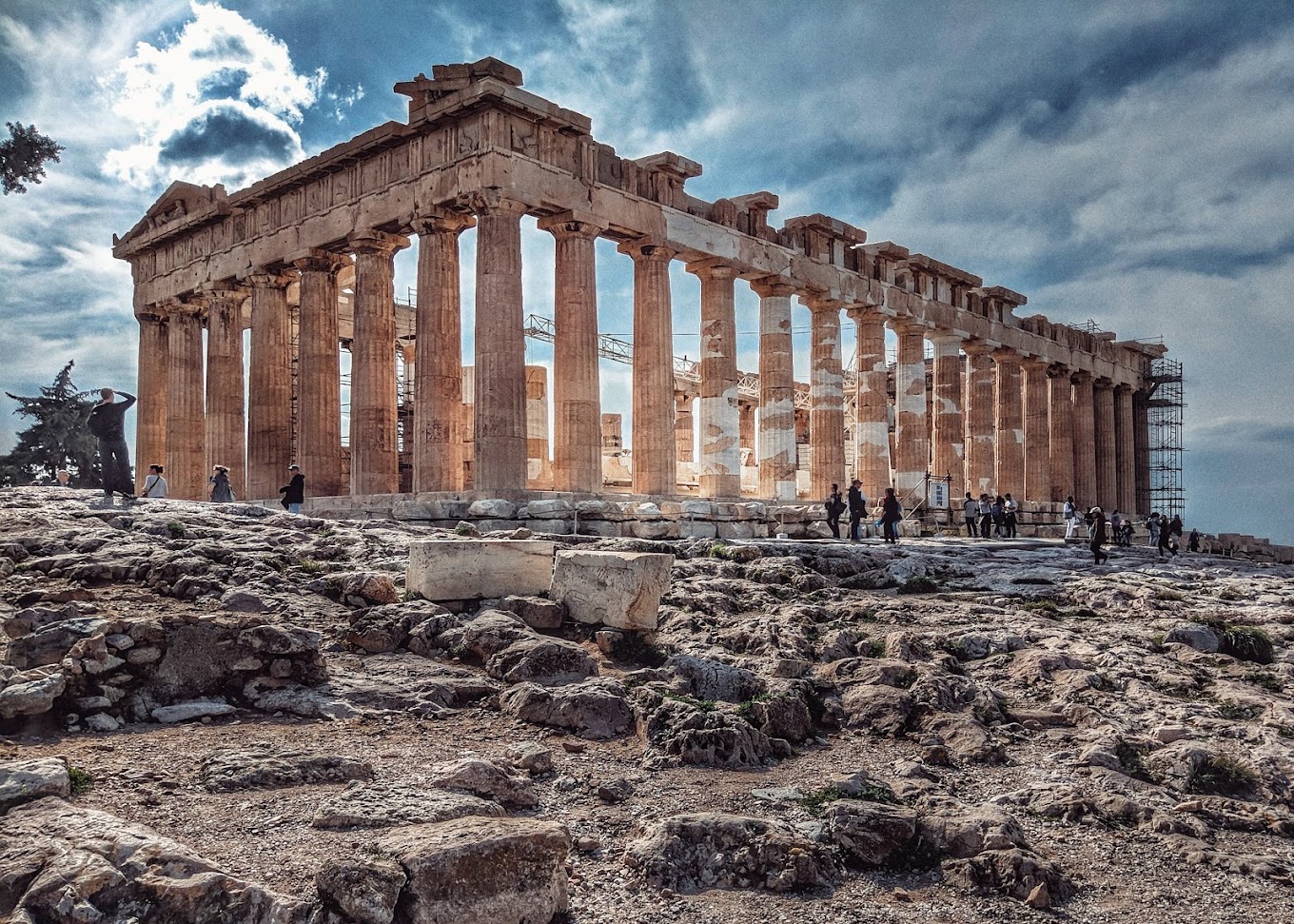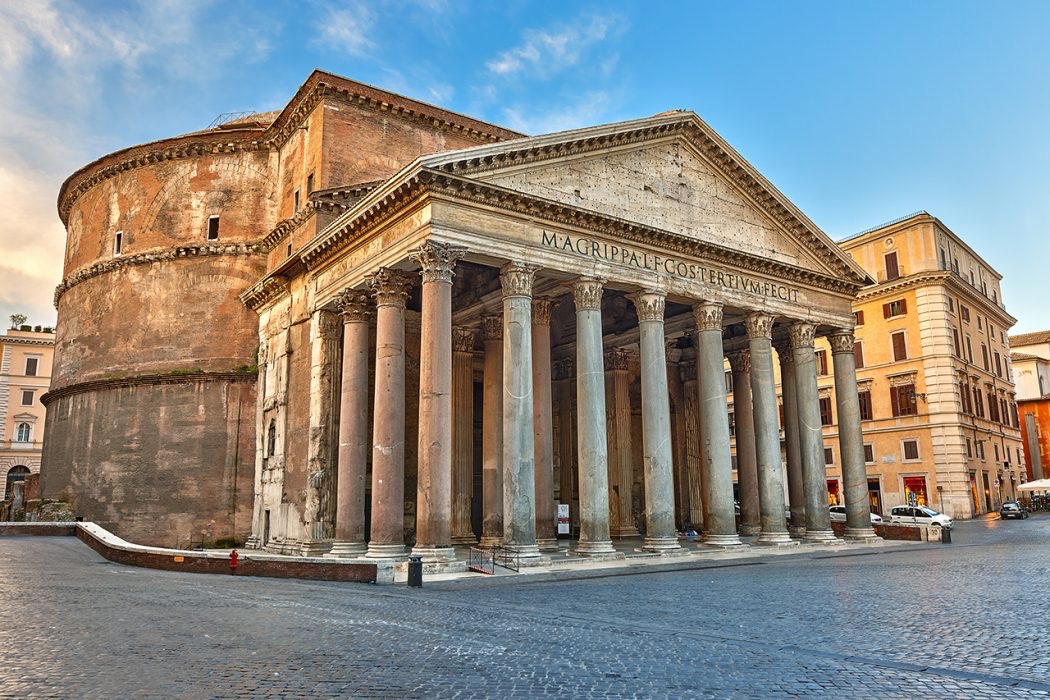Introduction
The Classical world encompasses the cultures of Greece and Rome and endures as the cornerstone of Western civilization including innovations in painting, sculpture, decorative arts, and architecture. The Classical world pursued ideals of beauty, harmony, and proportion, even as those ideals shifted and changed over the centuries. While often employed in propagandistic ways, the human figure and the human experience of space and their relationship with the gods were central to the Classical world.
However, there were exceptions to the case in consideration of the Roman Republic. The questions to be addressed in the given essay is to understand to what degree tools and techniques change over time in the Classical world. The main points to be discussed below include changes in tools and techniques over time, historical texts, artifacts, and a final conclusion. These exceptions in themes and techniques demonstrate the progression of time and environment. It is evident that despite being subtle, there are variations in the art and architecture of Ancient Greece and the Roman Republic.
Changes in Tools and Techniques Over Time
The given comparative analysis will primarily focus on the two eras of the Classical world. These include the bronze age experienced by early Ancient Greece and the iron age in the later years of the Roman Empire. The two mediums of comparison will be sculptures and architecture. The key techniques utilized by Ancient Greek sculptors during the Bronze Age were centred around sphyrelaton. It refers to a hammering technique, where bronze pieces of metal with wooden cores were hammered by stone or bronze hammers. However, it changed during the Iron Age Rome, where sculpting tools included chisels, hammers, drills, and possibly small saws. These tools were made from iron and were used to carve and shape stone, wood, and metal. The tools were relatively crude compared to modern sculpting tools but were effective for creating sculptures and other decorative objects of the time.
The Iron age sculpting techniques used in Rome included the use of hammers and chisels to shape stone, wood, and metal. They often used a combination of hand-held and larger hammers, chisels, and punches to carve and shape their sculptures. They also used abrasive materials such as sand, chalk, and pumice to smooth and refine the surfaces of their sculptures. Some iron-age sculptors may have used drills and saws to create specific forms or shapes. Iron age sculptors would begin by roughing out the general shape of the sculpture using hammers and chisels, then they worked on the details and the final refinements, using smaller tools and abrasives. Many of the sculptures from the Iron age were relatively simple and heavily stylized, reflecting the limitations of the tools and techniques available at the time.
Therefore, the biggest change was the materials used for tools and weapons in the Bronze Age, which were mainly bronze metals, whereas the Iron Age Romans utilized iron instruments since they were more rigid and solid. The techniques were improved as well because the Bronze Age Greece used robust and primitive methods of sculpting, such as hammering, whereas Iron Age Roman sculptors began utilizing abrasive materials to smoothen the surface and shape of sculptures.
In the case of the advancements in architecture, Greeks stressed formal coherence, as seen by their temples, which were rectangular and surrounded by colonnades with open sides. The structure established a sculptural presence atop a steep slope. Art historian Nikolai Pevsner argued that the plastic form of the temple presented us with a bodily presence that was more vivid and alive than that of any subsequent structure.
The Greeks created the three orders – Doric, Ionic, and Corinthian – that were a part of the essential architectural lexicon of Rome and, later, a significant portion of Europe and the United States. The differentiation between the orders is essentially based on the distinctions between the columns themselves, their capitals, and the entablature above them, which were developed in various regions of Greece and at different eras. The Doric order has smooth or fluted columns with round capitals and is the simplest. Moreover, the entablature adds a more intricate ornamental element above the basic columns. The capital of the Ionic column is decorated with volutes, and the entablature is planned such that a narrative frieze runs the length of the edifice. The late Classical Corinthian order, named after the Greek city of Corinth, is the most ornate; its capitals include intricately carved acanthus leaves.
Originally, Greek temples were often constructed of wood employing a kind of post-and-beam architecture, but stone and marble were increasingly used. The Parthenon was the first temple to be made completely of marble. Greek architecture was also the originator of the amphitheatre, agora – a public area enclosed by a colonnade, and the stadium. The Romans adopted these architectural forms, constructing colossal amphitheatres and transforming the agora into the Roman forum, a vast public space with hundreds of marble columns. Some refer to the development of concrete in Roman architecture, which occurred about the third century, as a ‘concrete revolution,’ another name for the Roman Architectural Revolution. The inventive use of the arch, barrel vault, groin vault, and dome resulted from the liberation of architectural form from the restrictions of brick and masonry brought about by technical progress. The Colosseum and other civil engineering feats like aqueducts and apartment complexes, and bridges were all made possible by these breakthroughs.
Historical Texts
Historical texts provide valuable insight into what types of tools and techniques were used in the Classical world. The given section will utilize such texts because they are primary sources of information when it comes to improving the overall understanding of the Bronze and Iron Ages. For the Bronze Age Greece, Homer’s writings will be used, whereas, for the Iron Age Rome, Virgil’s poems are the most relevant historical sources. For instance, Virgil, a famous Roman poet, wrote, “only do thou, at the boy’s birth in whom the iron shall cease, the golden race arise.” The mention of iron is important since it was incorporated into tools, which gave rise to a range of techniques used during the Iron Age Rome.
In contrast, Homer lived during the Late Bronze Age, which is why he mentioned bronze as a material of great significance. For example, he wrote in Odyssey: “just to look all the shining bronze here, I thought I’d died and gone to heaven.” Thus, substantial importance was given to bronze as a material used in all aspects of human life, including tools. Heaven and paradise were associated with bronze metal, indicating their critical importance and value.
However, there are clear limitations to using historical texts as a source of information. Firstly, they only capture specific regions or even cities in which the authors lived. Secondly, these sources do not directly focus on sculpting or architecture because they wrote poems and epics, which are fictional by nature. Thirdly, they lived in a snapshot of a larger period of the metallic ages. For example, Homer was exposed to the Late Bronze Age, which means his accounts do not cover the entirety of the Bronze Age. Similarly, Virgil was knowledgeable about a specific portion of the Iron Age Rome with no exposure to the entirety of the given centuries-long period.
Artifacts
Artifacts are more reliable sources of primary evidence compared to historical texts since they provide physical evidence of sculptures or architecture rather than accounts of the people of the past. An example of sphyrelaton used by Bronze Age Greeks is shown in Figure 1 below, which presents a bronze winged feminine figure. The surface is rough and unpolished because the shape of the sculpture was made through the hammering process. In addition, the metal is teal or green in colour because it is an aged, oxidized bronze metal. The sculpture is not a solid structure since it is hollow with a wooden core, which is why it is pinned onto a holder.

The ancient Greeks thought that truth and beauty were intrinsically linked, and renowned thinkers saw beauty primarily in mathematical terms. Measure and proportion reveal themselves in all aspects of beauty and morality, according to Socrates. Aristotle preached the golden mean, or the path of moderation, which leads to a noble and virtuous life by avoiding extremes. The Greeks believed that the blend of symmetry, harmony, and proportion constituted beauty.
As developed by Pythagoras and Euclid, the golden ratio, a notion based on the proportions between two quantities, was considered the most attractive proportion. The golden ratio shows that the ratio between two quantities equals the ratio between the greater of the two quantities and their total. The Parthenon was celebrated as an ideal architecture possible due to its use of the golden ratio in its construction. In recognition of Phidias, who directed the construction of the temple, the golden ratio is frequently denoted by the Greek letter phi. The golden ratio had a notable influence on succeeding artists and architects.
One of the primary mediums to compare the two eras could be sculpting. This art genre has a long history of developing various complex techniques and represents numerous ideals. The difference between the two eras could be seen starting from the comparison of materials utilized. Although white marble is the material most often associated with Greek sculptures, copper was commonly used throughout the early classical era. White marble statues were often painted throughout the late classical era and afterward.
However, in the Iron Age, Roman sculptors used iron for sculpting. Figure 2 below showcases a famous sculpture made by Rome during the Iron Age. It is evident that the shape and surface of the artifact are significantly more refined, with greater details and smoother rounding. For example, the hair of Marcus Aurelius has minute elements of each individual hair curl, whereas the bronze statue blends hair into larger chunks.

Similar to the Greeks, Roman sculptors favoured white marble but did not add any colour to their works. For the duration of the classical era, the majority of Greek sculpture focused on portrayals of deities and other legendary beings. ‘Heroic nudes,’ in which the masculine form is glorified, are a common style for these sculptures. While mythology is a common theme in Roman sculpture—which has numerous copies of Greek sculptures—the Romans also often depicted emperors and realistic representations of upper-class persons. The Greeks portrayed deities, heroes, and other mythical beings in freestanding sculptures.
Greek artists exalted the human form as a result of their preoccupation with ‘superhuman’ subjects. Greek sculpture often depicts figures as emotionless and aloof, even when they are doing gruelling or terrible occupations. Greek art depictions of humans reflect the culture’s values of moderation, symmetry, and reason. The Romans adopted many features of Greek art but added their own flamboyant, realistic twist. Roman sculpture, in contrast to its Greek counterpart, is both extremely ornamental and more concerned with depicting persons in their natural state.
Despite widespread belief to the contrary, Greek and Roman sculptures were not even remotely comparable in quality or style. The Greeks were very concerned with projecting an idealized image of one’s ideal self. In most cases, these utopian traits were intended to be physically expressed to reflect the accomplishments of man. Attributes such as aesthetic quality and attention to detail made Greek sculptures famous. Although the Romans were inspired by the Greeks, they developed a realistic style of their own. Emotion is conveyed via a statue because of its realism and lifelike attributes. This feeling has the potential to convey a message to the audience that goes beyond the medium of art. The Romans used such a potent style that it ultimately mastered sculpture art in the Hellenistic era. The Romans advanced the sculptural technique by creating realistic emotive works, the significance of which was more detrimental, while the Greeks had gained the capacity to incorporate enormous detail into their sculptures.
As a result of the period’s unprecedented level of artistic development and innovation, whole aesthetic movements may be traced back to the Hellenistic era. Statuary from ancient Greece and Rome represents a significant leap forward in terms of creative quality. Idealistic themes, such as man’s accomplishments and improving one’s character, were prominent in Greek-inspired works. The Greeks had a profound impact on Roman sculpture, particularly in terms of the emphasis placed on expressive and authentic styles. Greek sculptures from the Hellenistic period are stunning, but the Romans were the first to really master the art of sculpting by expressing reality in their works.
The same principles of development can be observed in architecture as well. For this purpose, it will be useful to refer to Greek and Roman Pantheons, where the former was built closer to the Late Bronze Age or early Iron Age. However, the Roman Pantheon was built in the middle of the Iron Age. Comparing these two structures will provide insight into how the tool and technique changes affected architecture. Figure 3 below demonstrates the Ancient Greek Pantheon located in Athenian Acropolis, Greece.

Figure 4 below illustrates the Pantheon structure of Iron Age Rome. D.S. Robertson, an authority on architecture, said that the Romans were the first Europeans and maybe the first people anywhere to completely realize the benefits of the arch, the vault, and the dome. They created the segmental arch, which is basically a flattened arch used for bridges and private houses, as well as the extended arch and the triumphal arch, which commemorated the great conquests of the emperors. However, the greatest influence on Western culture came from their use of the dome. Even when technical advancements eliminated the need for them, Romans continued to utilize columns, porticos, and entablatures because of the Etruscan and Greek influences on Roman architecture.

Vitruvius was the most famous Roman architect and engineer, yet his biography is mostly unknown outside his role as a military engineer under Emperor Augustus. His book, De Architectura, sometimes referred to as the Ten Books on Architecture, is considered a cornerstone of architectural theory and practice. He intended his dissertation to serve as a manual for any construction endeavour and dedicated it to his patron, Emperor Augustus. His writings elaborated on Roman infrastructure, such as hoists, cranes, and siege equipment, as well as domestic, civic, and religious construction. When describing architecture, he said architecture is a discipline developing out of many other sciences and ornamented with extensive and diverse understanding. The Vitruvian Triad is a set of principles he developed to describe the ideal characteristics of a well-designed building. He believed that the human form should be proportionate to the rest of nature.
Comparatively idealistic in ancient Greece’s Hellenistic culture, Roman sculpture instead aimed to evoke strong feelings in the viewer. The ancient Greeks thought sculptures should be aesthetically pleasing and represent ideal physical health. Sculptors often depicted deities in their works by giving them superhuman physical attributes. Making a work of art that symbolizes the pinnacle of human progress and perfection was the intention. By contrast, the Roman sculpture was primarily concerned with conveying sentiment and depicting naturalism. The ability of realistic emotional works to convey a message to the audience made them very effective. In addition to their aesthetic value, Roman sculptures have many real-world applications because of the expressive power of their distinctive features. In terms of aesthetic achievement, the Greeks were unrivalled, but the Romans’ ability to create sculptures displaying elements of emotional expression was unparalleled.
However, despite their immense value, artifacts still have a range of limitations because they consist of items that are capable of surviving to the modern day to be discovered. The preservation of artifacts skews their evidential validity towards the most durable categories. For example, communities and societies which used practical and effective methods without a goal of making them durable would be excluded from the observation. Pantheons are prime cases of how religious structures tend to be highly durable, whereas ordinary homes in which the common folk lived have practically no traces.
Conclusion
In conclusion, despite the passage of time, the majority of differences could be considered as subtle for the unprepared viewer. Nevertheless, by comparing side by side the sculptures and architectural relics of the two ancient civilizations, it is evident that the choice of material, inspirational ideology, motivations, and functionality differ drastically. Consequently, it could be said that tools and techniques, especially popular trends for implementations, are the most vivid examples of the progression of time in relation to the modes of architecture and sculpting.
Reference List
Archaeological Museum of Olympia. (590 B.C.E) Bronze winged feminine figure. Web.
Bonfante, L. (1990) ‘The naked Greek’, Archaeology, 43(5), pp. 28-35. Web.
Cook, R. (1967) ‘Origins of Greek sculpture’, The Journal of Hellenic Studies, 87, pp. 24-32.
Coulton, J. J. (1977) Ancient Greek Architects at Work. Ithaca
Gazda, E. (1995) ‘Roman sculpture and the ethos of emulation: reconsidering repetition’, Harvard Studies in Classical Philology, 97, pp. 121-156.
Hadrianus, P. A. (126 C.E) Parthenon. Web.
Homer. (800 B.C.E.) Odyssey.
Iktinos and Kalikrates. (500 B.C.E) Parthenon. Web.
Larson, K.A. (2013) ‘A network approach to Hellenistic sculptural production’, Journal of Mediterranean Archaeology 26(2), pp. 235-60
Ridgeway, B. (1971) ‘The setting of Greek sculpture’, Hesperia: The Journal of the American School of Classical Studies at Athens, 40(3), pp. 336-356. Web.
Senseney, J. (2011) The art of building in the Classical world. Cambridge
Stewart, A. (2006) ‘Hellenistic art: two dozen innovations’, in G.R. Bugh (ed.), The Cambridge Companion to the Hellenistic World, pp. 158-185, Cambridge
Vermeule, C. (1968) ‘Graeco-Roman statues: purpose and setting’, The Burlington Magazine, 110(787), pp. 545-559. Web.
Virgil. (37 B.C.E.) The Eclogues.
World History. (176 C.E) Marcus Aurelius equestrian statue. Web.